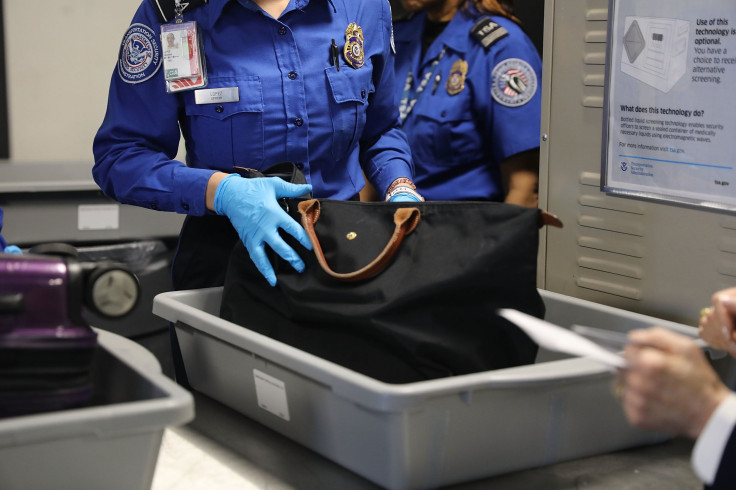Food Through TSA? How Will New Airport Security Measures Affect Thanksgiving Travel?

The Transportation Security Administration (TSA) may have made traveling this holiday season more problematic. The agency is starting to phase in a new lineup of security measures, which would begin as early as Thanksgiving weekend, according to reports. These modifications would likely make the lines longer for the 3.95 million fliers expected to travel this weekend nationwide.
TSA's screening process has been redesigned to make for safer travel. The regulations emerged after an investigation of the agency's effectiveness in flagging dangerous items. TSA failed the tests as it mistakenly let in fake firearms, explosives and other banned items.
"There was a lot of pressure, we thought, on the checkpoint agents to keep people moving," new TSA Administrator David Pekoske said to Politico. "We also found that we didn't have as consistent and coordinated of a training system as I would have liked to have seen."
Individuals traveling Thanksgiving should prepare for delays, among other things.
TSA's New Procedure & Restrictions
TSA unveiled in July its new lineup of stricter regulations. Officers will request that travelers remove electronics that are larger than a cell phone and put them into a plastic bin, with nothing above it or below it. This will give officers a clearer X-Ray scan image.
Passengers will also likely experience more thorough bag checks, but these measures will be more targeted to effectively clear luggage.
Areas Are Affected By TSA's New Rules
The new security measures are set in place at select airports across the country, including Los Angeles International Airport (LAX) and Fort Lauderdale-Hollywood International Airport (FLL), among others. It will eventually roll out to all airports nationwide at a later date.
The New Scanner Could Make Travel Better
TSA's new scanning system is expected to provide more detailed feedback as it changes colors to make certain objects that are not permitted on the plane to stand out.
"We're using atomic profile, and the density of material, through the CT scan and slices of the bag," Mark Laustra, who's helping to lead the rollout, told Wired. "It's just like getting a brain scan at a hospital and looking for a brain tumor."
© Copyright IBTimes 2024. All rights reserved.






















